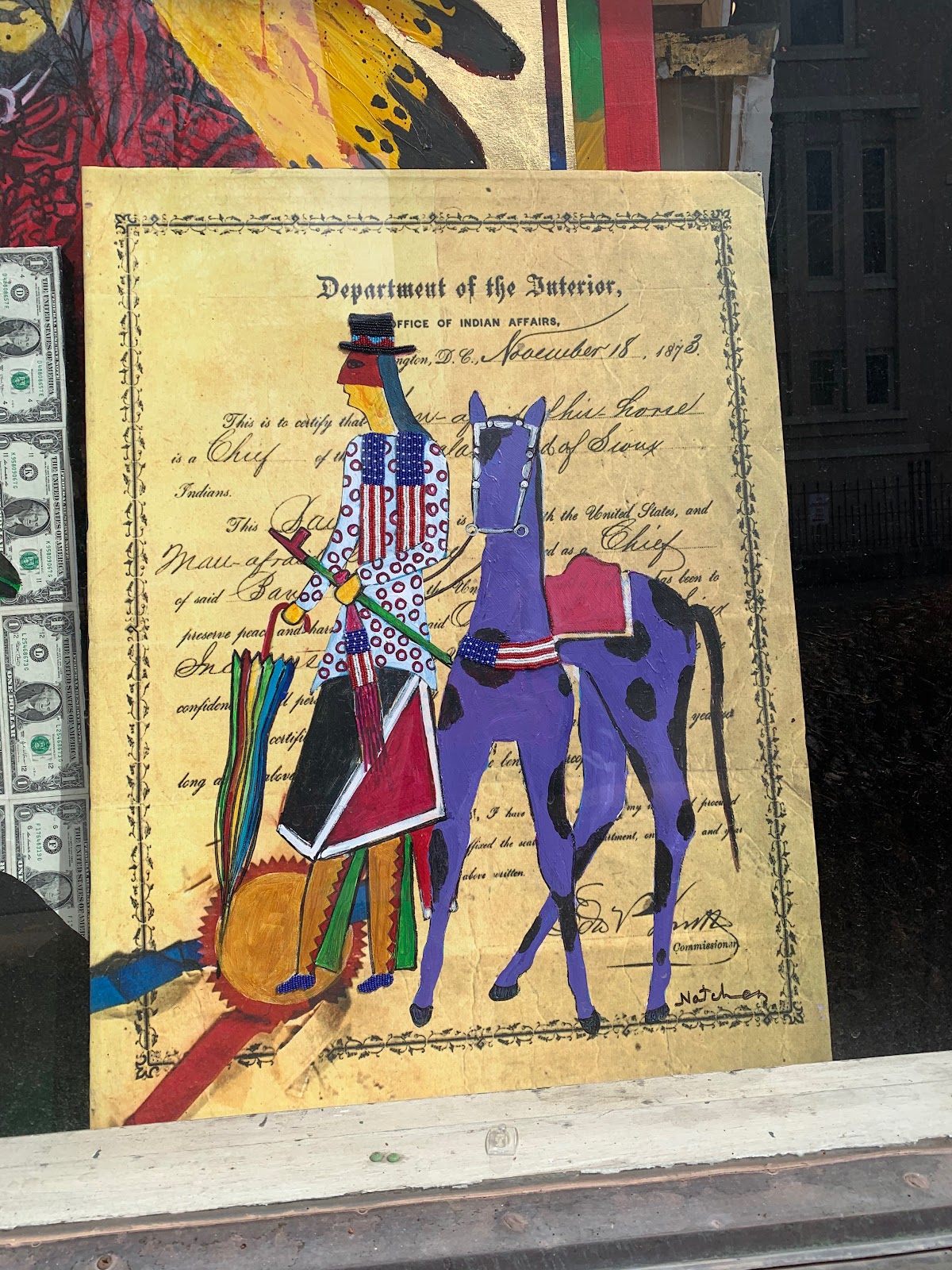Project-based learning is a powerful pedagogy when implemented with fidelity- the possibilities for learning are truly endless when teaching is contextualized in the real world. As we know, the real world does not exist in hallways or class periods, but rather it is a beautifully integrated place. One of the values that PBL offers is the ease with which integrating content areas can happen. But we can also take it one step further than integration; we can create interdisciplinary projects, and art can be the perfect driver.
Oftentimes in my work supporting teachers with PBL I find that we, as educators, tend to use the following words interchangeably: thematic, integrated, and interdisciplinary; when in fact they do have unique definitions. If we were to place these words on a spectrum of depth for projects, it would look something like this, with our ideal project being interdisciplinary, to best reflect the real-world in which we exist:
←------------------------------------------------------------------->
Interdisciplinary Integrated Thematic
For an example of an integrated art project click here and to see artwork that lends itself to thematic connections click here.
Art: it’s more than an extension
I would be hard-pressed to find an educator that didn’t value the arts; however, school systems and schedules have developed a message counter to this value. The limited time that is given to the arts is typically an extension or bonus if there is time at the conclusion of a unit, or a fun activity related to a holiday. Art when used as a driver for learning in PBL can be powerful to push students into higher levels of critical thinking. When we ask students to create and design, they are fostering the highest levels of Bloom's Taxonomy.

On a recent trip to Santa Fe, New Mexico I was struck by these three pieces of art that I saw in the town plaza. Both reminded me of the power of art to ask not only the creator, but the audience to enter into a depth of thinking- a depth that is dependent upon understanding, empathy, symbolism, analysis and a transfer across contexts. These are important skills that can be a value-add to any content area, when they are fully embedded into an interdisciplinary project.



When students are told in advance that their learning is going to be applied to a final (art) product that will be exhibited for an audience, it does three important things: 1) it makes learning feel real, because it bridges the classroom learning to the real-world and real people 2) it gives purpose to the learning that happens within the context of the project, and 3) it raises the stakes for learning and commitment to the process, as much as the product.
Opportunities for Art in pandemic-PBL
Sharing student work and learning with an authentic audience is a best practice of PBL. Now that the world is more engaged on their devices and present in their community, there are endless ways that students can get their artwork (which displays their project learning) in front of people. Below are some ideas, whether you are looking to integrate technology or keep the artwork community-based, for students to share their learning beyond the classroom.
|
Inspiration
|
Interdisciplinary content
|
Local Community-
based
|
Global community, Technology-based
|
|
Electricity box or wooden pillar murals to artistically celebrate tributes in the community.
|
Social Studies
ELA- narrative
Art -portraits, history
Engineering
|
X
|
|
|
Fence or empty wall murals to display important awareness messages
|
Social Studies
Science
ELA-persuasion
Art-murals, history
|
X
|
|
|
Social Media school account takeover with graphics and content to promote awareness.
|
ANY!
|
X
|
X
|
|
Storm drain art to scientifically explain and artistically inspire pollution awareness
|
Science
ELA-informational
Art -street art
|
X
|
|
|
Wooden display boxes and push-pin boards in community spaces to share infographics on an important topic
|
Science/Social Studies
ELA-informational
Art-Graphic design
|
X
|
X
|
|
QR Codes to digital art, websites, videos, blogs and more!
|
ANY!
|
|
X
|
|
Host an art show curated with student work and artist statements in a local space (Store, coffee shop, library, etc)
|
ANY!
|
X
|
|
To learn more about exhibiting student work click here.
As you plan your next project, it is my hope that perhaps you begin by thinking about art as a vehicle for student learning, and plan for an end in mind that celebrates all content areas learned through the vehicle of a fully integrated artistic final product. Not only can art be powerful for self-expression and engagement, but it can also push students deeper in their learning. Art can be a beautiful connection between learning and the real world- one that allows us all to find ways to be more connected, whether through content, community or humanity. I hope you feel inspired to give it a try!
About the Author:
Dr. Jenny Pieratt is an award-winning author and expert in project-based learning. She is Founder and President of CraftED Curriculum, a company with international reach, servicing teachers and school districts looking to implement PBL. She was a former teacher of grades 5-10 and is a proud mother of two. To learn more about creating field work through PBL visit www.craftedcurriculum.com to access Dr. Pieratt’s award-winning books, e-courses, free resources and blogs. YOu can also connect with the PBL expert on Instagram @crafted_jennyp and see her current projects in action daily via @homeschoolsaywhat.